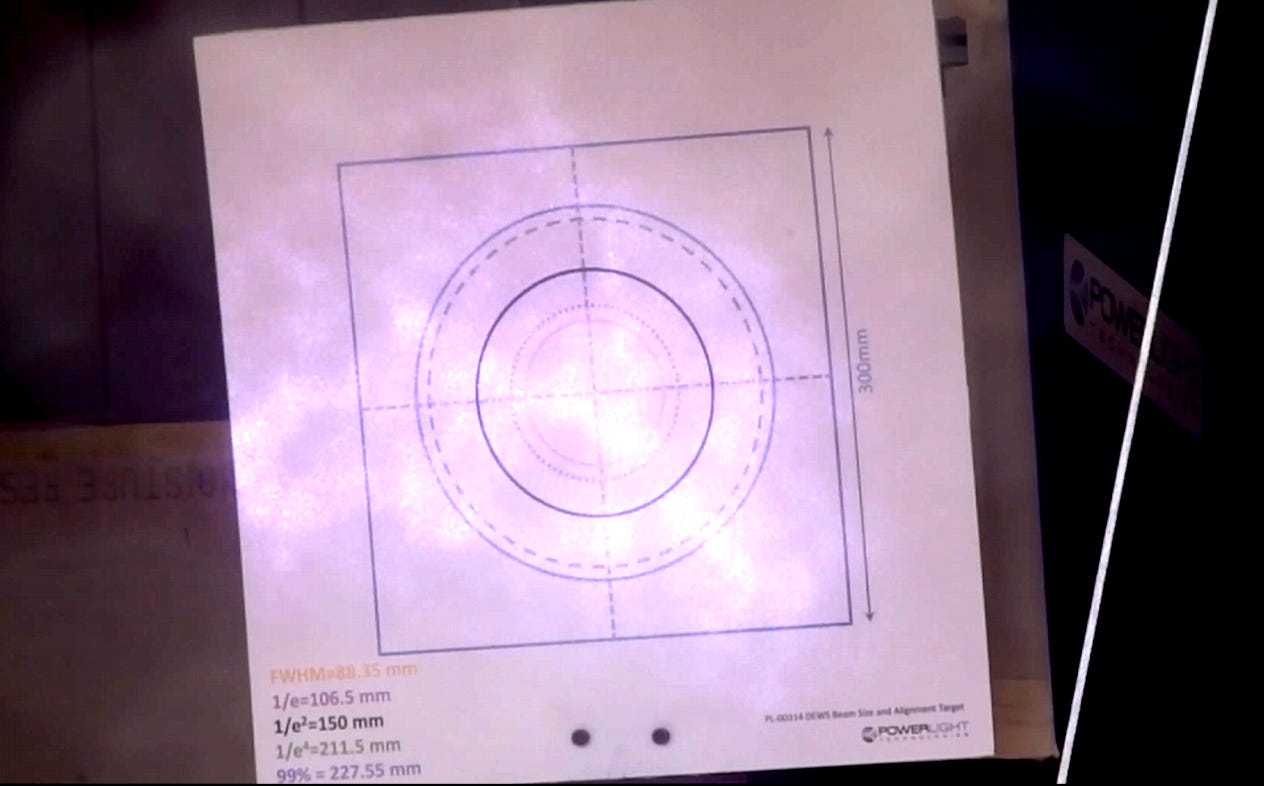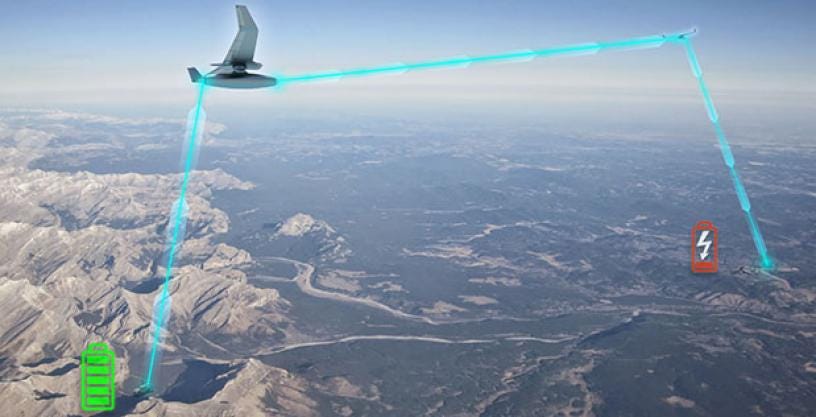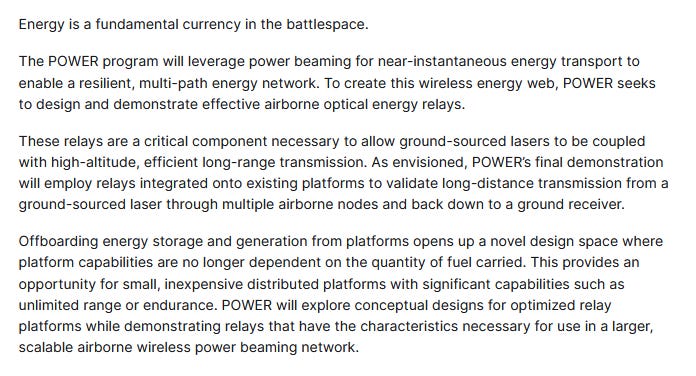DARPA Sets Record in Wireless Power Beaming: Over 5 Miles Away
During tests conducted in New Mexico, the program transmitted over 800 watts of power using a laser over a distance of 5.3 miles (8.6 kilometers).
UNITED STATES — The Defense Advanced Research Projects Agency (DARPA) achieved a milestone in wireless power transmission through its Persistent Optical Wireless Energy Relay (POWER) program.
During tests conducted in New Mexico, the program transmitted over 800 watts of power using a laser over a distance of 5.3 miles (8.6 kilometers).
This demonstration lasted 30 seconds and delivered more than one megajoule of energy in total across the test campaign. The receiver converted the optical energy back into electrical power, marking a step forward in energy delivery without physical connections.
The tests involved ground-based transmitter and receiver systems, with the laser beam passing through the densest part of the atmosphere, which absorbs and scatters light, making transmission more challenging. Despite this, the system outperformed previous records, such as 230 watts over 1.06 miles (1.7 kilometers) and an undisclosed amount over 2.3 miles (3.7 kilometers).
The attached video, shared from the U.S. Naval Research Laboratory, demonstrates the SCOPE-O (Safe and Continuous Power Beaming Optical) project, an earlier initiative focused on optical power beaming using a direct-energy laser to transmit electrical power wirelessly over shorter distances, such as approximately 500 watts across 1,000 meters (0.62 miles).
While SCOPE-O established foundational advancements in safe and continuous energy delivery, it shares the same core laser-based optical method as DARPA's Persistent Optical Wireless Energy Relay (POWER) program, which extended capabilities to over 800 watts at 8.6 kilometers (5.3 miles) in 2025.
The technologies differ primarily in scale and application, with SCOPE-O serving as a proof-of-concept that informed the broader POWER effort for enhanced range and power in military and civilian contexts.
The achievement highlights advancements in laser technology and photovoltaic conversion, where photovoltaic cells (devices that convert light into electricity, similar to solar panels but optimized for laser wavelengths) played a key role.









